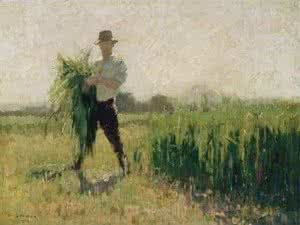By Shane Breynard
Just a handful of years has seen a generational shift in arts leadership for my part of the world, and I am including our showy big sister Sydney here with us in Canberra.
Almost a mini-bus full of our most senior arts directors, often after 25 or more years of experience, have either left or are about to leave their posts. Many will have held their coveted and suitably well-paid jobs for over a decade. These are senior arts professionals who do what they do very well. They usually retire when they must, either when the next gilt rung of the institutional ladder reveals itself, when retirement looms, or when the challenges within an organisation require a new broom.
Andrew Sayers, for example, left in 2010 after 12 years at the helm of the National Portrait Gallery, for a short stint at the National Museum of Australia (NMA). Edmund Capon resigned in 2011 after 33 years as Director of the Art Gallery of New South Wales. Then came Steve Gower, resigning in 2012 after directing the Australian War Memorial for 16 years. And in just a few weeks Ron Radford will step down as Director of the National Gallery of Australia (NGA) after 10 years in office. Ron started out as a Director at Ballarat Fine Art Gallery in 1973.
It is a disturbing fact that our outstanding women directors, in the museums sector at least, don’t appear to be reaching the decade of service in the one institution as often as the old boys do.
In comparison, a more spectacularly rapid change of guard has taken place among our smaller, Canberra-focused arts organisations. Gorman and Ainslie Arts Centres, PhotoAccess, M16, ANCA, Megalo Print Studio, Canberra Glassworks, Belconnen and Tuggeranong Arts Centres, the ACT Writers Centre and Strathnairn; not to forget the Australian National University’s Drill Hall Gallery and Schools of Art and Music, which have all switched leaders in just a few years.
So what are the implications of these big changes in art leadership? And what does it mean for the public our museums serve, and arts activity our organisations support?
*
Keep reading over at ArtsHub, where this piece was first published on
19 August 2014.

